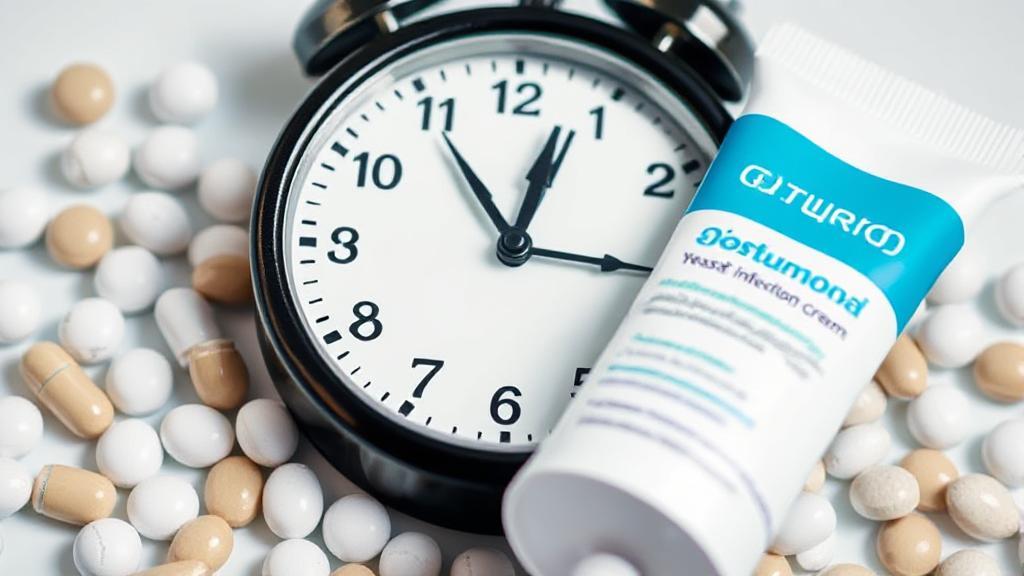Understanding Yeast Infections and Their Relationship with Antibiotics
Yeast infections, primarily caused by the fungus Candida albicans, occur when antibiotics disrupt the natural balance of microorganisms in the body. While antibiotics are essential for treating bacterial infections, they can kill beneficial bacteria that normally keep yeast levels in check, leading to overgrowth.
How Antibiotics Affect the Body
- Disruption of Microbiome: Antibiotics can eliminate beneficial bacteria
- Immune System Impact: They may weaken the body's natural defenses
- Broad-spectrum Effects: These antibiotics particularly affect various bacterial populations
Recognizing Early Signs
Common symptoms of a developing yeast infection include:
- Itching and irritation in the vaginal area
- Swelling and redness
- Thick, white discharge resembling cottage cheese
- Burning sensation
- Discomfort during urination
- Pain during sexual intercourse
Optimal Treatment Timeline
During Antibiotic Treatment
If symptoms appear while taking antibiotics, don't wait to begin treatment. Addressing the infection immediately can prevent it from becoming more severe.
Post-Antibiotic Window
The ideal treatment timeline is within:
- 24-48 hours of noticing symptoms
- 3-7 days after completing antibiotics
- 1-2 weeks post-antibiotics
Treatment Options
Over-the-Counter Treatments
| Treatment Type | Duration |
|---|---|
| 1-day | Single strong dose |
| 3-day | Moderate strength |
| 7-day | Gentler approach |
Common OTC options include antifungal creams and suppositories containing clotrimazole or miconazole.
Prescription Treatments
For persistent or severe infections, healthcare providers may prescribe stronger antifungal medications like fluconazole.
Always complete your full course of antibiotics unless directed otherwise by your healthcare provider, even if you develop a yeast infection.
Prevention Strategies
To reduce the risk of developing a yeast infection after antibiotics:
Probiotic Support
Taking probiotics during antibiotic treatment can help maintain bacterial balance. Beneficial sources include:
- Yogurt with live cultures
- Kefir
- Fermented vegetables
- Probiotic supplements
When to Seek Medical Attention
Contact your healthcare provider if:
- Symptoms persist after OTC treatment
- You experience frequent infections
- You're unsure if it's actually a yeast infection
- You're pregnant
- You have underlying health conditions
Pregnant individuals should always consult their healthcare provider before starting any treatment, as certain medications may not be safe during pregnancy.
For more information on yeast infections and treatment options, visit the Centers for Disease Control and Prevention (CDC) or Mayo Clinic.
